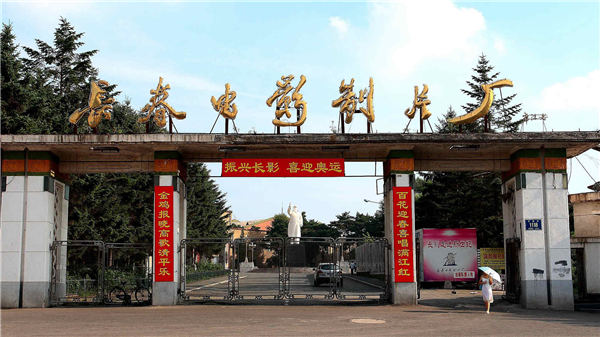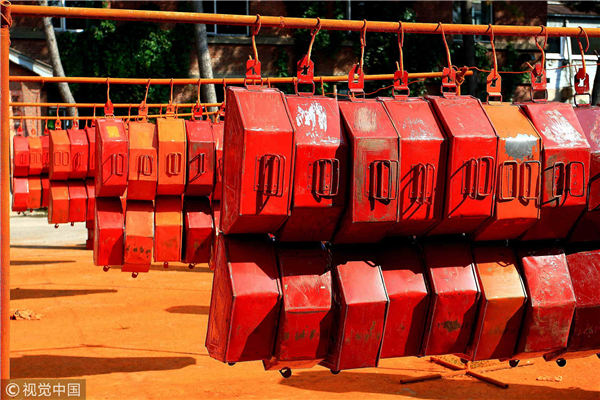The Cradle of New China's Cinema: Explore Changchun Film Studio
 |
|
[Photo/CGTN] |
The 14th China Changchun Film Festival kicked off on Sept 1.
The biennial festival, which was first held in 1992, was founded in part by the Changchun Film Studio. The studio is located in northeast China's Changchun, the cradle of modern China's film industry.
The studio has one of the largest film production bases in China and is among a select few studios established in the 1940s. It is considered a cornerstone of the Chinese film industry.
The "Seven Firsts" in the film history of new China
In 1947, the first Chinese puppet film Emperor's Dream was produced by the studio.
The film used the exaggerated expressions in puppetry to highlight the darkness and corruption of the Kuomintang government at the time.
The Chinese puppet show has a long history and is said to have originated in the Han Dynasty (202 BC - 220 AD) and flourished in the Tang Dynasty (618 - 907 AD). However, it was the first time for the medium to be showcased on film, so the production team had to solve numerous difficulties in combining the two art forms, such as getting the puppets to stand.
 |
|
Film cartridges at Changchun Film Studio. [Photo/VCG] |
Go After an Easy Prey, released in 1948, is the first black-and-white animated Chinese film. It is also referred to as Turtle Caught in a Jar.
In the summer of 1948, Changchun Film Studio -- then known as Northeast Film Studio -- shot China's first science education film Yu Fang Shu Yi, or Prevention of Plague.




 Mail
Mail Print
Print Larger
Larger
